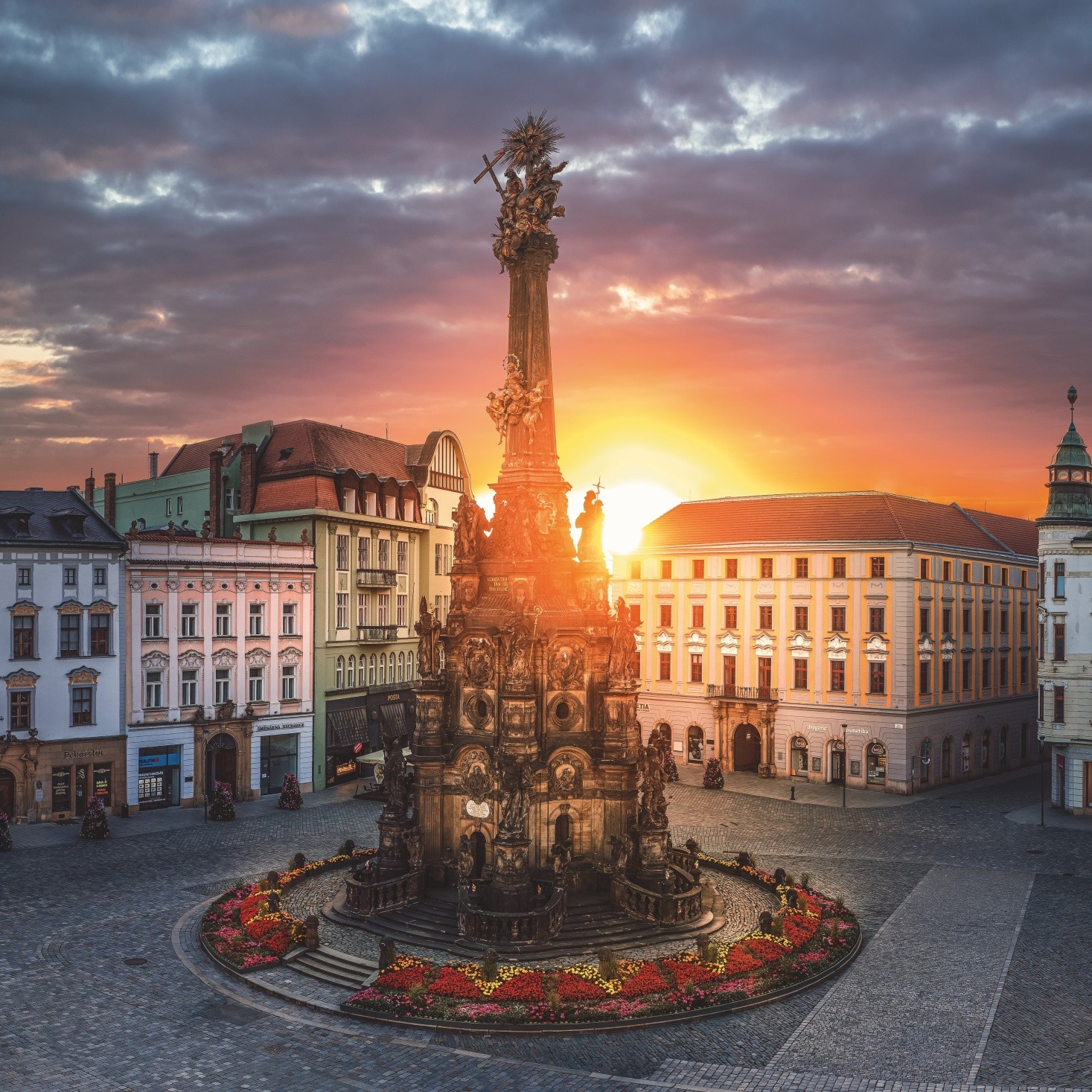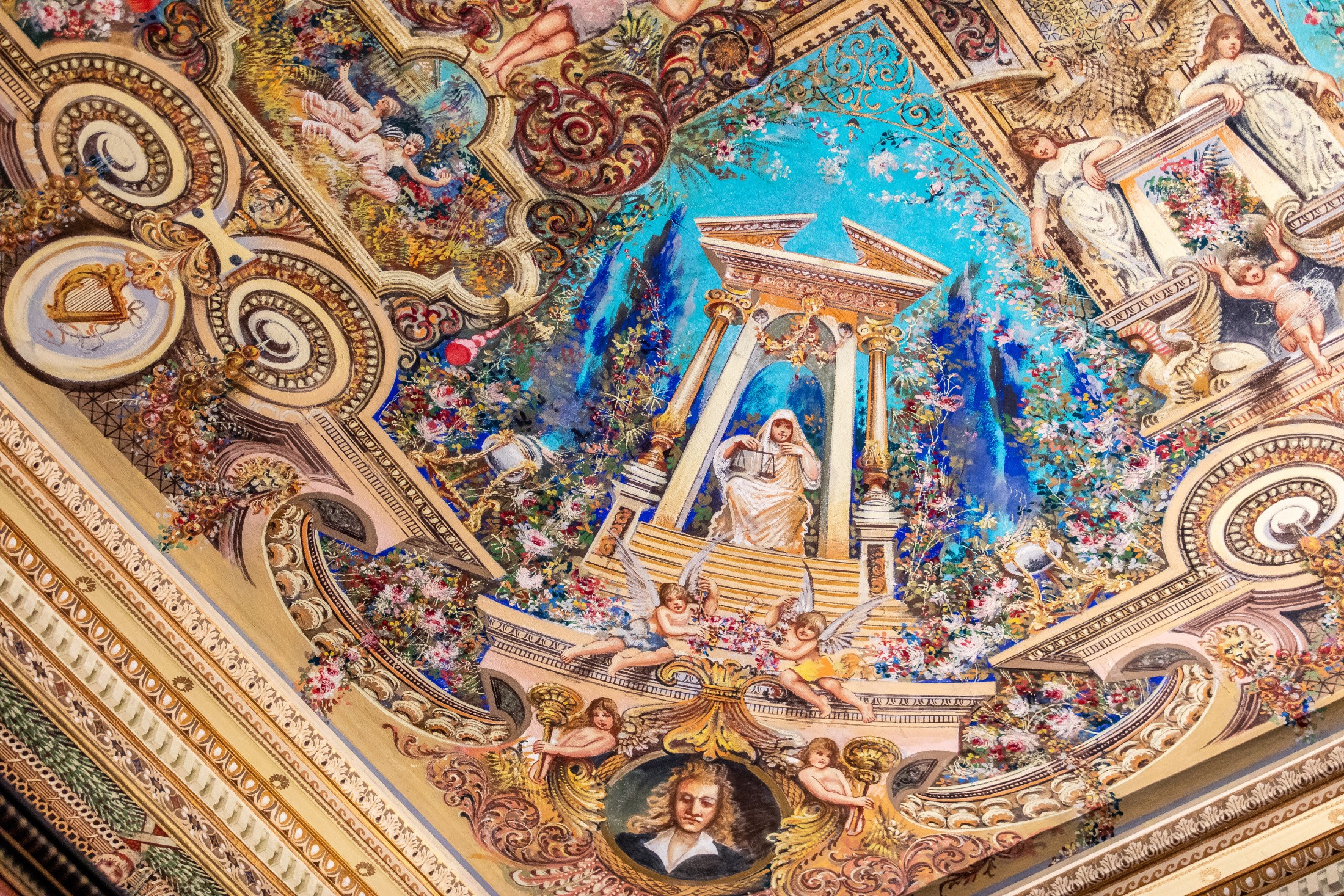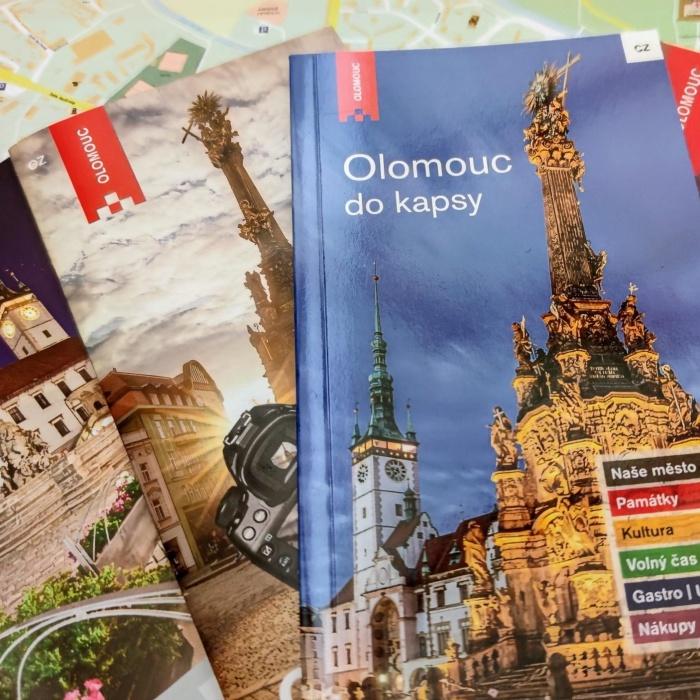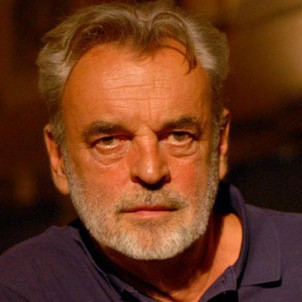Lubomír Šlapeta (1908-1983) was a Czech architect who, together with his twin brother Čestmir Šlapeta, worked in Ostrava and Olomouc, where they realised many outstanding examples of functionalist architecture. In Olomouc alone there are ten of them, e.g. at Polívkova No. 35 you can see Nakládal’s villa, at Na Vozovce No. 33 Kousalík’s villa.
The brothers were born in Místek. They graduated from the Vocational School of Construction in Brno. After graduation they studied at the Academy of Arts and Crafts in Wrocław. In 1930 they went on a study trip to Paris and then to the USA.
After returning to his homeland, Lubomír moved to Olomouc in 1937. From the end of the 1930s, he expanded his interest from living in a family house to cultural buildings, especially theatres and cultural houses. After the end of World War II, he was at the birth of the Department of Art Education at the restored Palacký University in Olomouc, where he also lectured on housing culture. Shortly after the communist takeover of power in 1949, he was forced to leave the university. He was expelled from the Union of Architects of the Czechoslovakia for his critical attitudes towards the ruling regime, which made it impossible for him to work as an independent architect. In 1966-1969 he worked on projects in West Berlin and Brazil. After his return from Germany, he worked on smaller tasks mostly for private investors and directed most of his creative energy to the modification of church interiors.
Lubomír Šlapeta died in 1983. In 1990 he was rehabilitated by the rector of Palacký University in Olomouc, Josef Jařab, and the following year also by the Architects’ Association.























